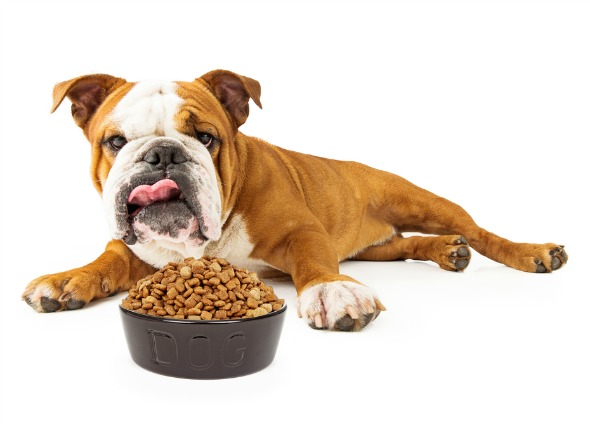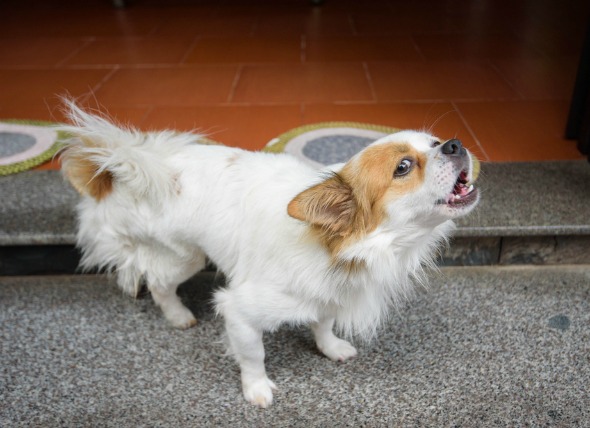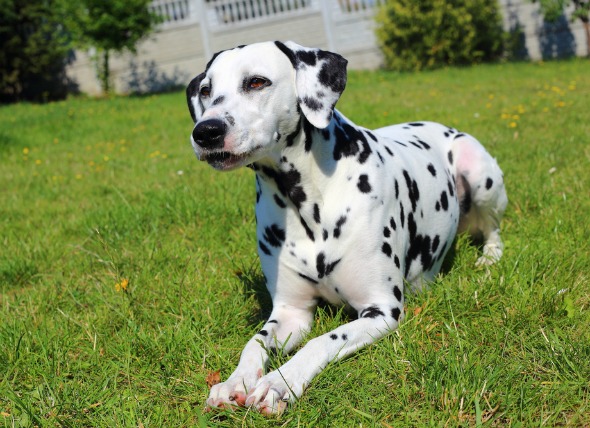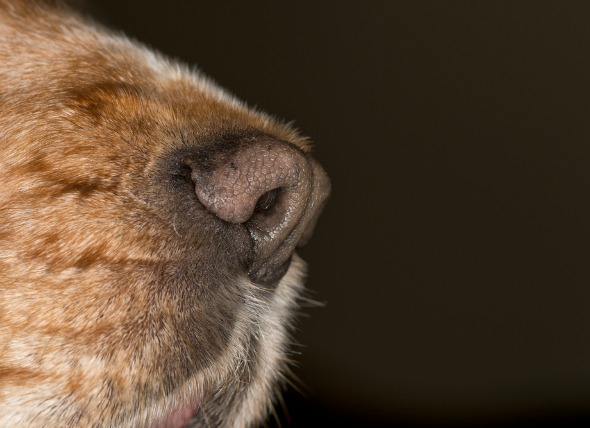

Anorexia, as it applies to humans, has been in the news so much that most of us are aware of it on some level. Anorexia is a very serious condition causing an animal to refuse to eat totally and its food intake to decrease so much that it leads to drastic weight loss. Dog owners should consult a veterinarian immediately to identify the cause.
The condition or disease described in this medical article can affect both dogs and cats. If you would like to learn more about how this disease affects cats, please visit this page in the PetMD health library.
There are many potential causes which can be attributed to a dog not eating. For example, most diseases (including infectious, autoimmune, respiratory, gastrointestinal, bone, endocrine and neurological diseases) will cause a dog to avoid eating because of pain, obstruction, or other factors. Anorexia can also be due to a psychological problem, such as stress or changes in routine, environment or diet. Other causes include:
The veterinarian will generally conduct a thorough medical history on your dog, including any changes in diet, environment, or routine. It will help if you have observed your dog's eating habits and identify any problems it may have picked up, chewing or swallowing food. The veterinarian will then conduct various tests including:
After identifying and correcting (or treating) the underlying cause of the anorexia, the veterinarian will work towards establishing a healthy, well-balanced diet for your dog. This includes increasing the fat or protein content of the food, improving the taste of the diet by adding flavored toppings and broths, and, occasionally, heating the food to body temperature.
Intravenous (IV) feeding may be required if the dog is severely anorexic, especially if it has not eaten for three to five days or longer. Also, if the anorexia is due to pain, your veterinarian might prescribe pain medications for your dog.
Anorexia is a serious condition which requires you to monitor and watch your dog very carefully. It is important you notify the veterinarian of any progress (or lack thereof). If your dog does not start eating on its own after a day or two, you will need to take it back to the veterinarian for more treatment options.
 Excessive Vocalization in Dogs
Disruptive Crying, Whining and Barking in Dogs
Ex
Excessive Vocalization in Dogs
Disruptive Crying, Whining and Barking in Dogs
Ex
 Muscle Contraction Disease (Myoclonus) in Dogs
Myoclonus in Dogs
The term "myoclonus"
Muscle Contraction Disease (Myoclonus) in Dogs
Myoclonus in Dogs
The term "myoclonus"
 Ear Cancer in Dogs
Auricular Squamous Cell Carcinoma in Dogs
Dogs ca
Ear Cancer in Dogs
Auricular Squamous Cell Carcinoma in Dogs
Dogs ca
 Diseases of the Orbit of the Eye in Dogs
Exophthalmos, Enophthalmos, and Strabismus in Dogs
Diseases of the Orbit of the Eye in Dogs
Exophthalmos, Enophthalmos, and Strabismus in Dogs
 Nose Cancer (Chondrosarcoma) in Dogs
Chondrosarcoma of the Nasal and Paranasal Sinuses in Dog
Nose Cancer (Chondrosarcoma) in Dogs
Chondrosarcoma of the Nasal and Paranasal Sinuses in Dog
Copyright © 2005-2016 Pet Information All Rights Reserved
Contact us: www162date@outlook.com